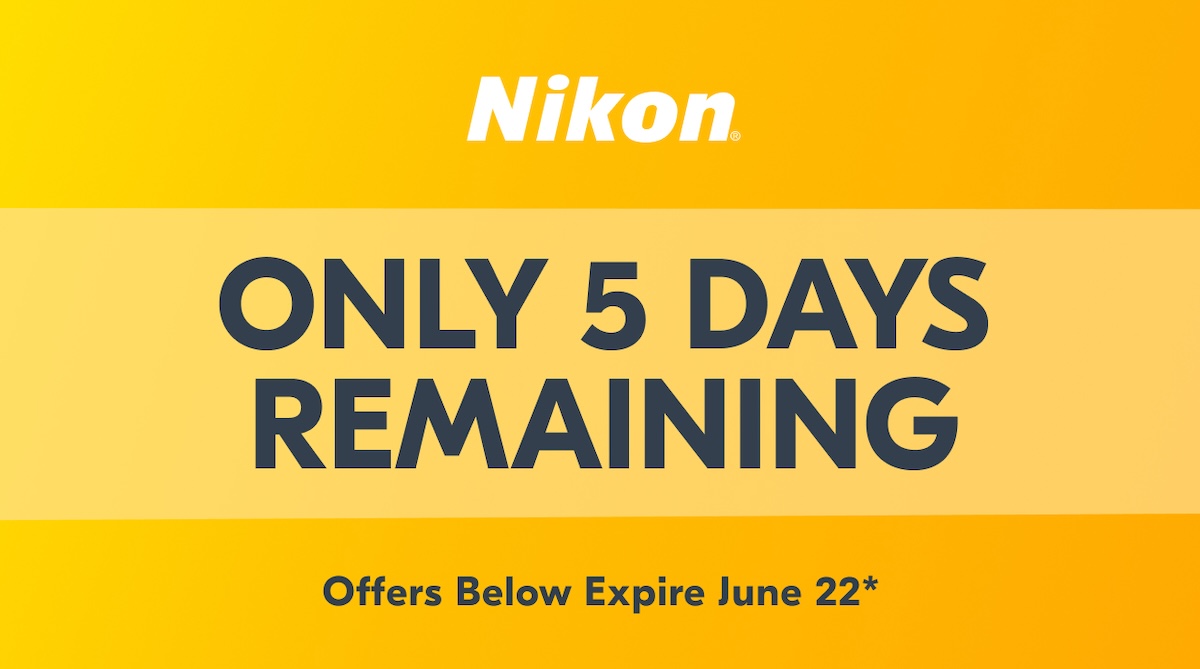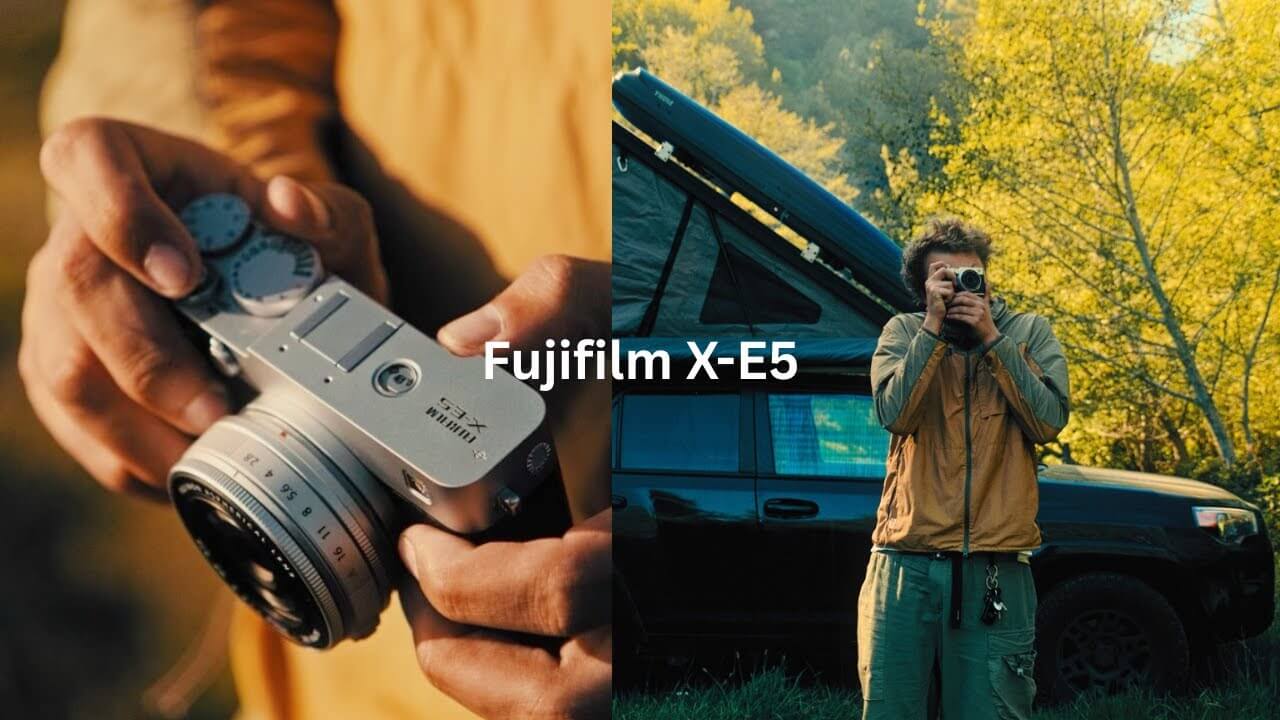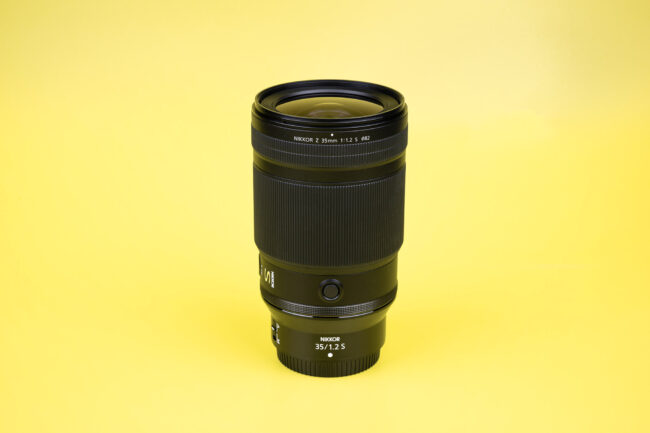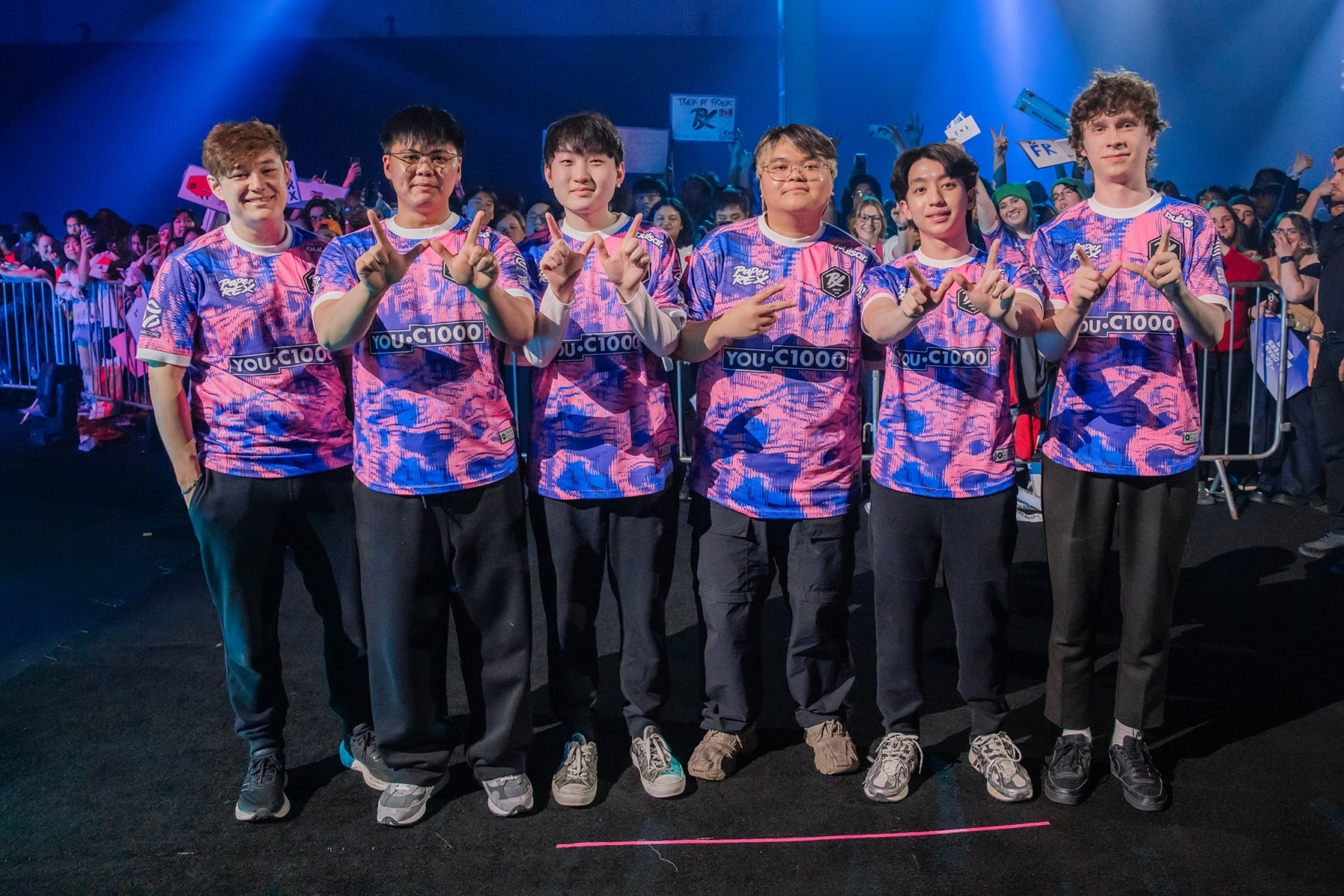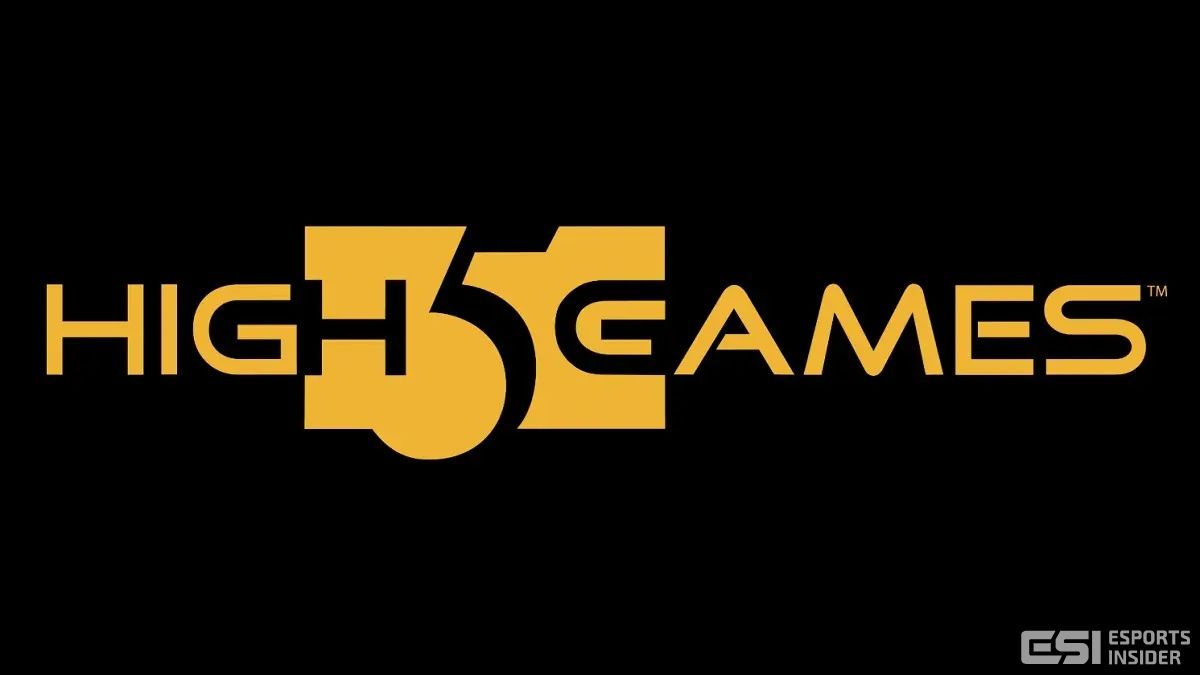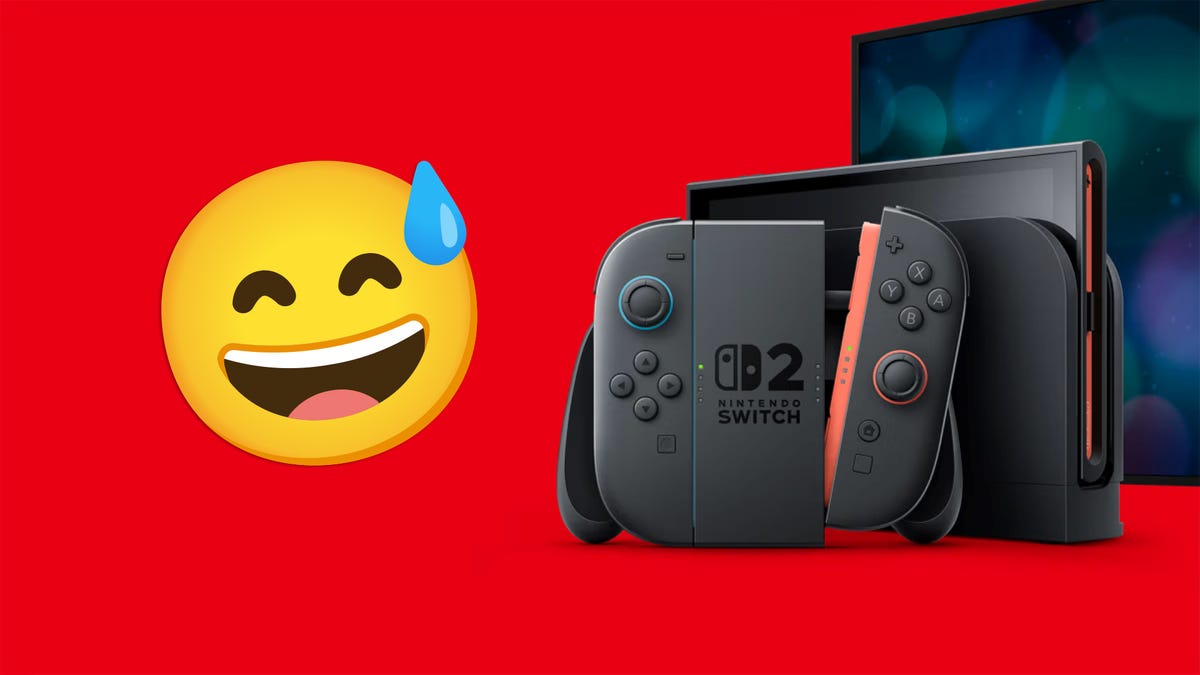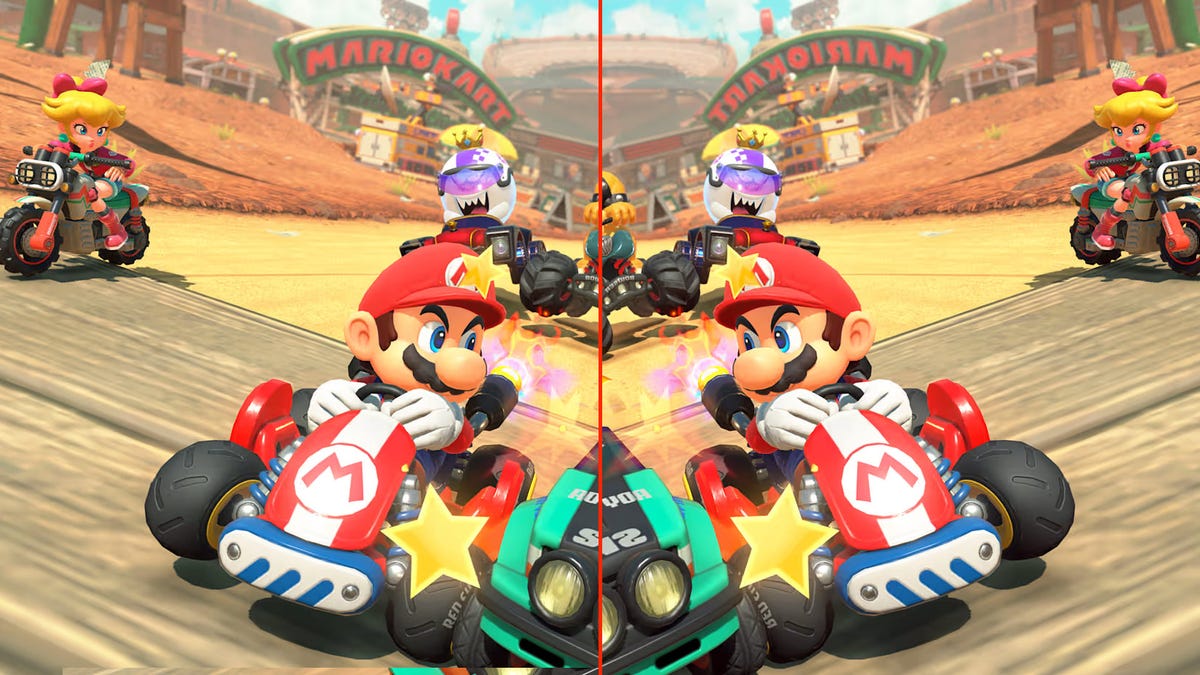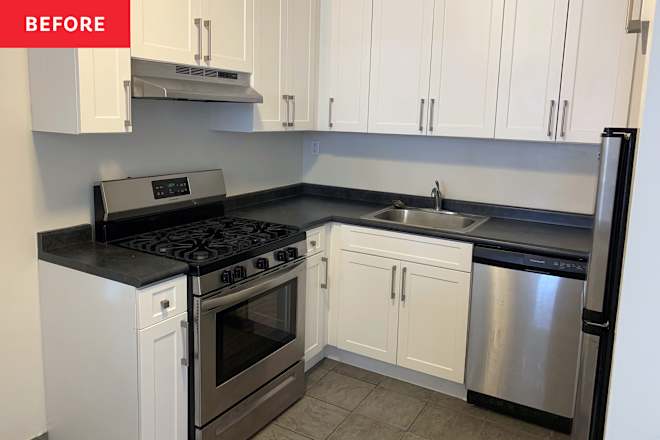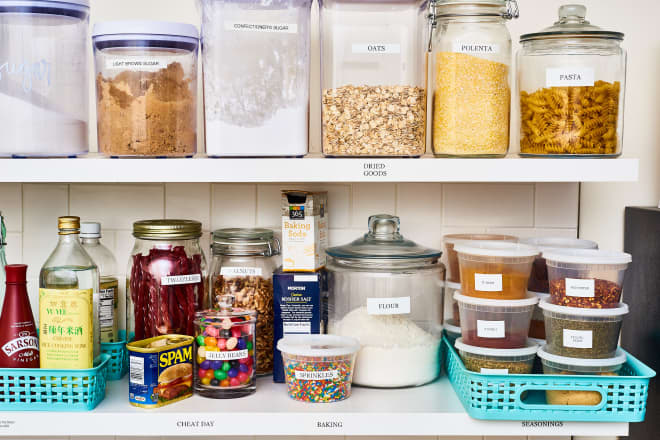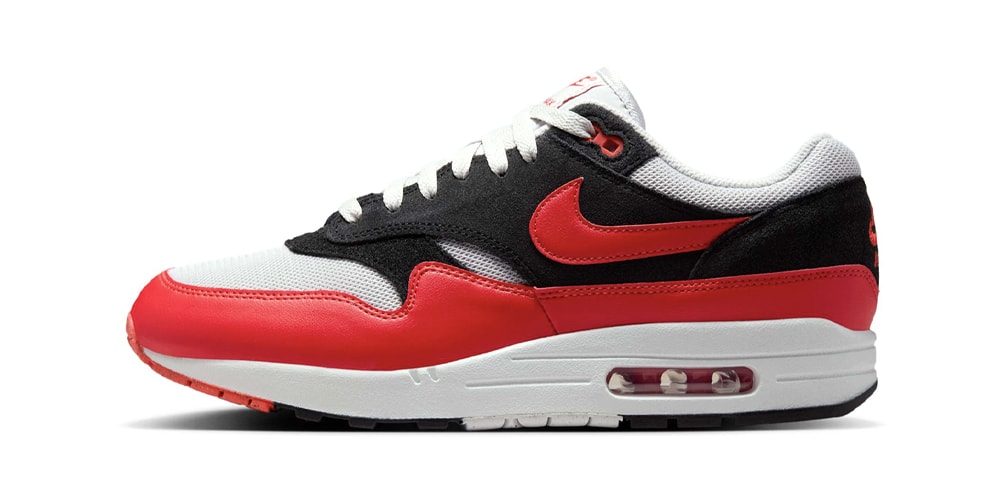The Xbox Ally X Will Really Shine With Indie Games
Last week, Microsoft unveiled what we all suspected was coming: an Xbox handheld. And while the ROG Xbox Ally X isn’t the true “handheld Xbox” some people probably wanted, it has the chance to bring handheld PC gaming into the mainstream in a way we haven’t seen since the Steam Deck launched back in 2022. If Microsoft and Asus are able to nail the details, particularly around the operating system and the price, the Xbox Ally could be the first glimpse at Microsoft’s next generation of “consoles”. But there’s a catch: handheld gaming PCs are by their very nature exercises in compromise. While Microsoft did say that every shiny game it showed off at its summer games showcase would be ‘playable’ on the Xbox Ally X, it’s a little more complicated than that. I have no doubt the Xbox Ally X, with its Z2 Extreme SoC (system on a chip), will be more than powerful enough to run AAA games. But the real star of the show is going to be the less demanding indie games that Microsoft quietly adds to Game Pass every month – and that might be the point.Limited Power?The AMD Z2 Extreme was announced back at CES 2025. But six months later, there’s still not a single handheld you can buy on a store shelf that’s powered by this chip. Meanwhile, the forthcoming Xbox Ally X isn’t just using the Z2 Extreme – it’s using the AMD Ryzen AI Z2 Extreme, which is basically the same, but with a 50 TOPs NPU stapled onto it. Even still, we have no idea how well it will actually play games, just that it’ll at least be faster than the Z1 Extreme. Even with the added performance, you should temper your expectations, especially when it comes to shiny AAA games with high-end graphics effects. The highest-performing handheld I’ve used, the Lenovo Legion Go S with the Z1 Extreme and SteamOS, still struggles to run games like Cyberpunk 2077 at higher settings at its native resolution – and that game came out nearly five years ago now. Cyberpunk is a bit of an outlier, as it’s still capable of pushing even the RTX 5090 to its limits, but as games get more demanding on the high-end, system requirements are only going to go up. So while the Xbox Ally X will technically be able to run this upcoming crop of AAA Xbox games, it’s going to be at low settings, and likely a lower frame rate. That shouldn’t discourage you, though. I’ve spent the last two years obsessing over these little handheld gaming PCs, and out of my hundreds of hours playing on them, I can tell you that very little of that was playing games like God of War or Cyberpunk. Instead, indie games like Hades 2 have consumed my life. Indie Games are MagicWhen the Nintendo Switch came out back in 2017, I initially thought games like Breath of the Wild were the point – and maybe they were. But as I grew continually sick of poor performance in games that were trying to be huge AAA console experiences, my Switch settled into its role of being a second place, after Steam, for me to buy my favorite indie games to play in bed or on the train. Then the Steam Deck came out. Handheld gaming PCs were around before the Steam Deck, mind you, but they were niche products that were fiddly to use, especially without some kind of keyboard attachment. Now that we’re living in this post-Deck world, though, computer manufacturers like Lenovo and, yes, Asus, have found ways to make handheld gaming PCs genuinely excellent. And I don’t have to buy indie games a second time to play them, either. Instead, if I want to put some time in Hades 2, I just log into Steam and I’m good to go – my save even carries over. The beauty of the Windows-based handhelds is that applies to all the PC game storefronts, whether I’m playing games on Game Pass or even the Epic Games Store. For me, this has resulted in a sort of multi-tiered PC gaming setup. I still play beautiful AAA games like Doom: The Dark Ages on my desktop, where I can pump the settings up to max and enjoy high frame rates. I don’t even try to install that kind of game on my handhelds anymore, instead, they give me a chance to dive deeper into games like Rift of the Necrodancer or Slay the Spire. Before handheld gaming PCs blew up, those were the types of games I’d play for a few hours to see what the hype was about before I inevitably went back to playing World of Warcraft. I’m not alone in this either. Earlier this week, I polled my colleagues here at IGN, and I was surprised to find that most aren’t using their handhelds to play blockbusters. Instead most are using their handheld to play indie games and JRPGs, the latter of which tend to be much less reliant on a high frame rate to be enjoyable. The compatibility that’s inherent to Windows PC gaming handhelds is a great way to make indie games a much bigger part of your gaming diet. But for that wider compatibility (read: playing a game from something other than Steam), either I have to fiddle around with Linux on SteamOS or deal with the headache of using Windows on a handheld. But that’s why the prospect of a hand


Last week, Microsoft unveiled what we all suspected was coming: an Xbox handheld. And while the ROG Xbox Ally X isn’t the true “handheld Xbox” some people probably wanted, it has the chance to bring handheld PC gaming into the mainstream in a way we haven’t seen since the Steam Deck launched back in 2022.
If Microsoft and Asus are able to nail the details, particularly around the operating system and the price, the Xbox Ally could be the first glimpse at Microsoft’s next generation of “consoles”. But there’s a catch: handheld gaming PCs are by their very nature exercises in compromise. While Microsoft did say that every shiny game it showed off at its summer games showcase would be ‘playable’ on the Xbox Ally X, it’s a little more complicated than that.
I have no doubt the Xbox Ally X, with its Z2 Extreme SoC (system on a chip), will be more than powerful enough to run AAA games. But the real star of the show is going to be the less demanding indie games that Microsoft quietly adds to Game Pass every month – and that might be the point.
Limited Power?
The AMD Z2 Extreme was announced back at CES 2025. But six months later, there’s still not a single handheld you can buy on a store shelf that’s powered by this chip. Meanwhile, the forthcoming Xbox Ally X isn’t just using the Z2 Extreme – it’s using the AMD Ryzen AI Z2 Extreme, which is basically the same, but with a 50 TOPs NPU stapled onto it. Even still, we have no idea how well it will actually play games, just that it’ll at least be faster than the Z1 Extreme.
Even with the added performance, you should temper your expectations, especially when it comes to shiny AAA games with high-end graphics effects. The highest-performing handheld I’ve used, the Lenovo Legion Go S with the Z1 Extreme and SteamOS, still struggles to run games like Cyberpunk 2077 at higher settings at its native resolution – and that game came out nearly five years ago now.
Cyberpunk is a bit of an outlier, as it’s still capable of pushing even the RTX 5090 to its limits, but as games get more demanding on the high-end, system requirements are only going to go up. So while the Xbox Ally X will technically be able to run this upcoming crop of AAA Xbox games, it’s going to be at low settings, and likely a lower frame rate.
That shouldn’t discourage you, though. I’ve spent the last two years obsessing over these little handheld gaming PCs, and out of my hundreds of hours playing on them, I can tell you that very little of that was playing games like God of War or Cyberpunk. Instead, indie games like Hades 2 have consumed my life.
Indie Games are Magic
When the Nintendo Switch came out back in 2017, I initially thought games like Breath of the Wild were the point – and maybe they were. But as I grew continually sick of poor performance in games that were trying to be huge AAA console experiences, my Switch settled into its role of being a second place, after Steam, for me to buy my favorite indie games to play in bed or on the train. Then the Steam Deck came out.
Handheld gaming PCs were around before the Steam Deck, mind you, but they were niche products that were fiddly to use, especially without some kind of keyboard attachment. Now that we’re living in this post-Deck world, though, computer manufacturers like Lenovo and, yes, Asus, have found ways to make handheld gaming PCs genuinely excellent. And I don’t have to buy indie games a second time to play them, either.
Instead, if I want to put some time in Hades 2, I just log into Steam and I’m good to go – my save even carries over. The beauty of the Windows-based handhelds is that applies to all the PC game storefronts, whether I’m playing games on Game Pass or even the Epic Games Store.
For me, this has resulted in a sort of multi-tiered PC gaming setup. I still play beautiful AAA games like Doom: The Dark Ages on my desktop, where I can pump the settings up to max and enjoy high frame rates. I don’t even try to install that kind of game on my handhelds anymore, instead, they give me a chance to dive deeper into games like Rift of the Necrodancer or Slay the Spire. Before handheld gaming PCs blew up, those were the types of games I’d play for a few hours to see what the hype was about before I inevitably went back to playing World of Warcraft.
I’m not alone in this either. Earlier this week, I polled my colleagues here at IGN, and I was surprised to find that most aren’t using their handhelds to play blockbusters. Instead most are using their handheld to play indie games and JRPGs, the latter of which tend to be much less reliant on a high frame rate to be enjoyable.
The compatibility that’s inherent to Windows PC gaming handhelds is a great way to make indie games a much bigger part of your gaming diet. But for that wider compatibility (read: playing a game from something other than Steam), either I have to fiddle around with Linux on SteamOS or deal with the headache of using Windows on a handheld. But that’s why the prospect of a handheld-friendly version of Windows 11 is so exciting.
By removing the friction it takes to get into games from third-party launchers on Steam Deck, while also hopefully maintaining the benefits of a streamlined, gaming-centric operating system, the ROG Xbox Ally X has the chance to be the best of both worlds. After all, Asus markets both its existing Ally X and the upcoming Xbox Ally X with the hashtag "#PlayAllyourgames”. Now, hopefully this team-up makes that happen without the touch screen-induced headache I get from existing Windows handhelds.
Jackie Thomas is the Hardware and Buying Guides Editor at IGN and the PC components queen. You can follow her @Jackiecobra





































